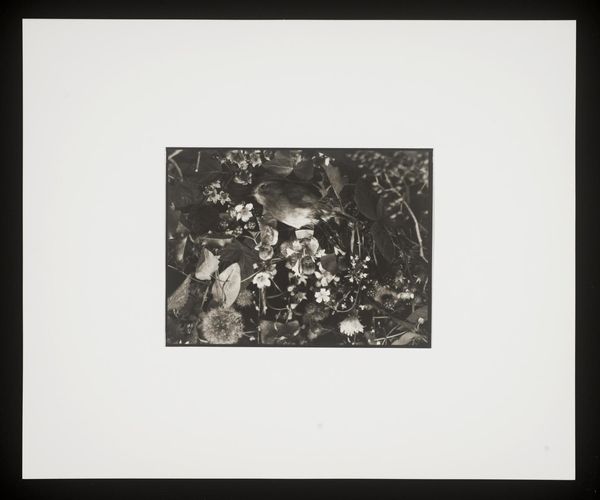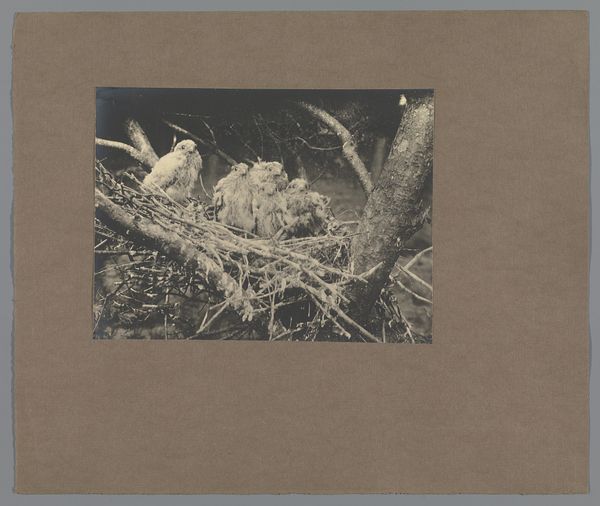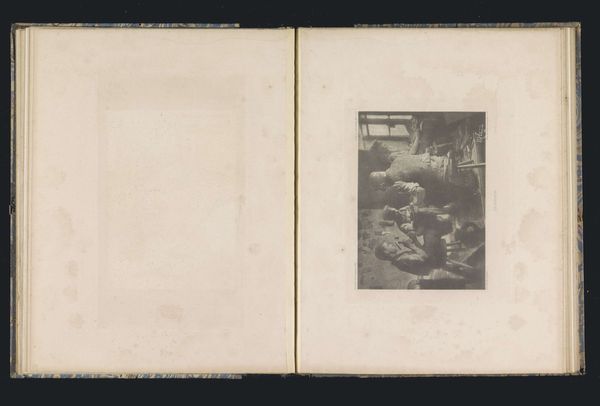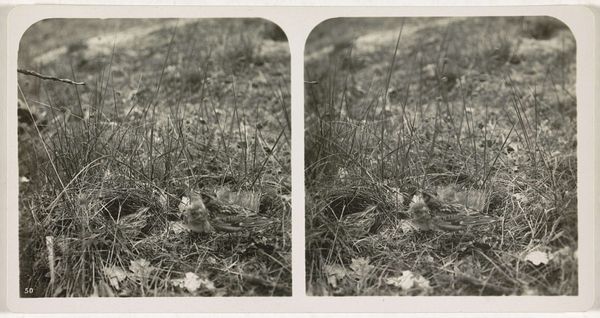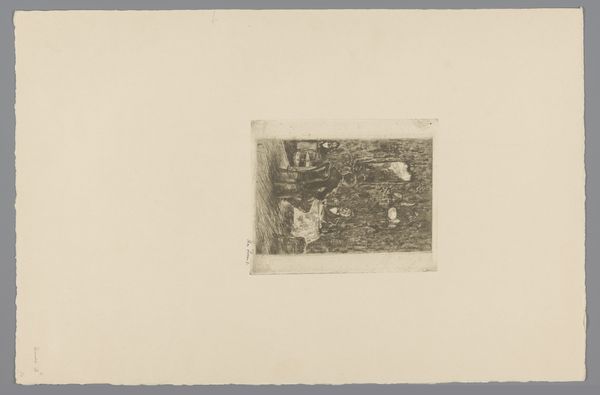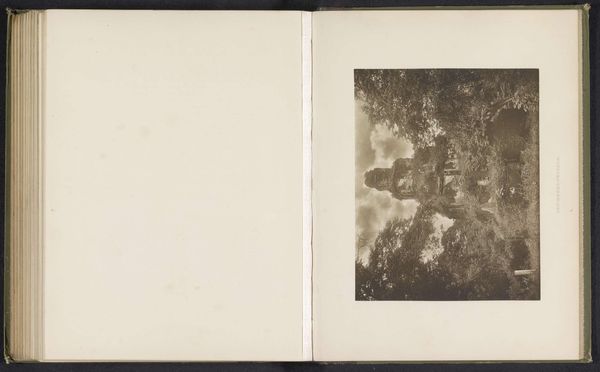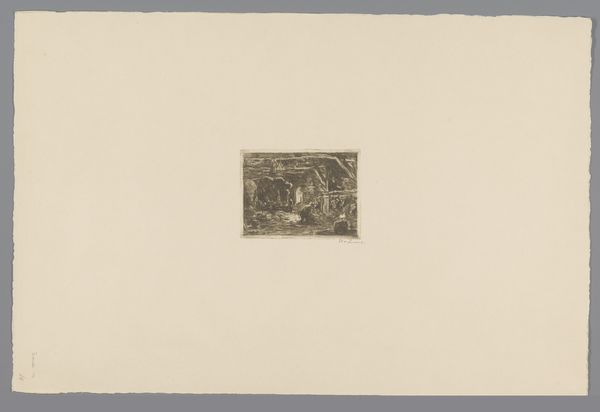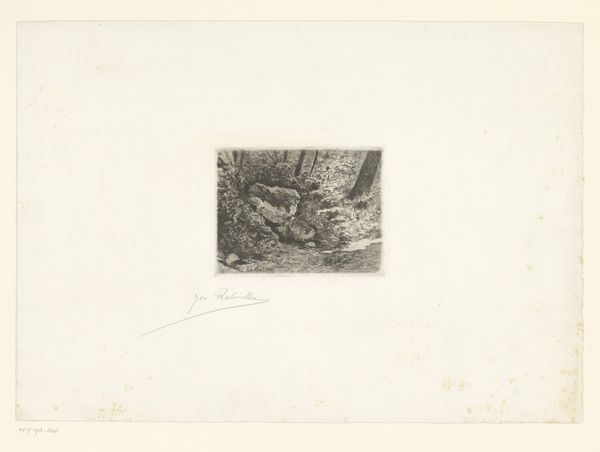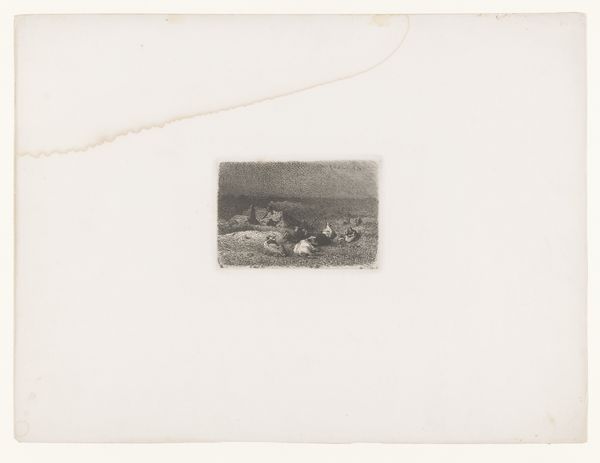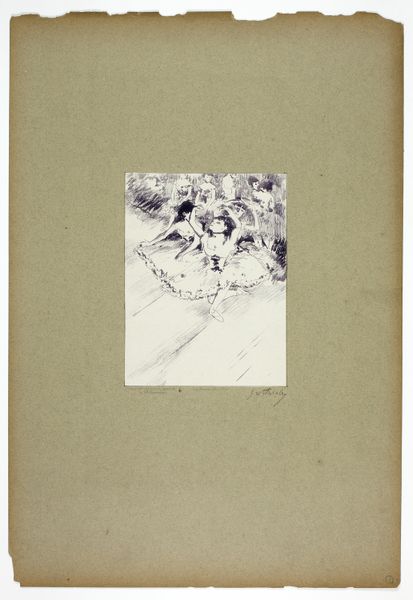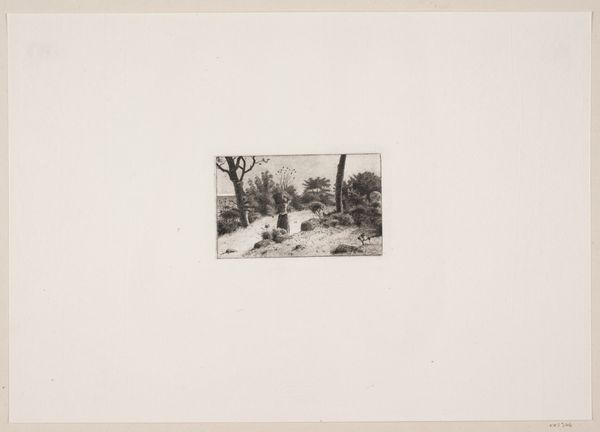
print, photography, gelatin-silver-print
#
still-life-photography
# print
#
landscape
#
photography
#
gelatin-silver-print
#
naturalism
Dimensions: height 165 mm, width 226 mm, height 321 mm, width 388 mm
Copyright: Rijks Museum: Open Domain
Curator: This gelatin-silver print, "Jonge grauwe kiekendieven in een nest," made sometime between 1900 and 1952 by Richard Tepe, presents a remarkably intimate scene. My initial impression is one of stark vulnerability—they are so small, these chicks, huddled together. Editor: The starkness speaks to the material processes, of course. Silver gelatin prints, widespread then, allowed for mass production of nature studies. But it's also relevant how gelatin is harvested, linking consumption practices of that period directly to photographic processes, often overlooked. The choice emphasizes documentary reality. Curator: It’s also a bit of an unexpected juxtaposition. The title presents a scientific observation, almost detached, yet the image itself is emotionally loaded. Editor: Indeed. Tepe's focus brings attention to both the delicate conditions required for raising this specific population of birds—note the obscured surroundings. Yet he frames it through accessible methods to expose a larger audience, potentially affecting attitudes about our landscape management. Curator: The surrounding foliage, almost blurry, gives the birds such prominence, drawing my focus to their nascent forms, still covered in down. It’s so different from other images of this era which tend toward staged studio settings; instead, there's a real sense of the natural world here. Editor: He positions the viewer as an active participant, invited to observe a specific stage in these chicks' existence; one where their vulnerability can impact the overall social context surrounding this naturalistic period in art production. This period moved away from classical form to show the labour involved and reality in landscape depiction and even animal portraiture. Curator: Considering it, this simple study reminds me about our own tenuous connection to nature, made more relevant when placed in our world today with even further degraded habitats. I'm struck by the lasting poignancy. Editor: Absolutely. The layers embedded in this modest photographic material prompts reflection and questions how art shapes society itself while at the same time remaining firmly embedded within it.
Comments
No comments
Be the first to comment and join the conversation on the ultimate creative platform.
